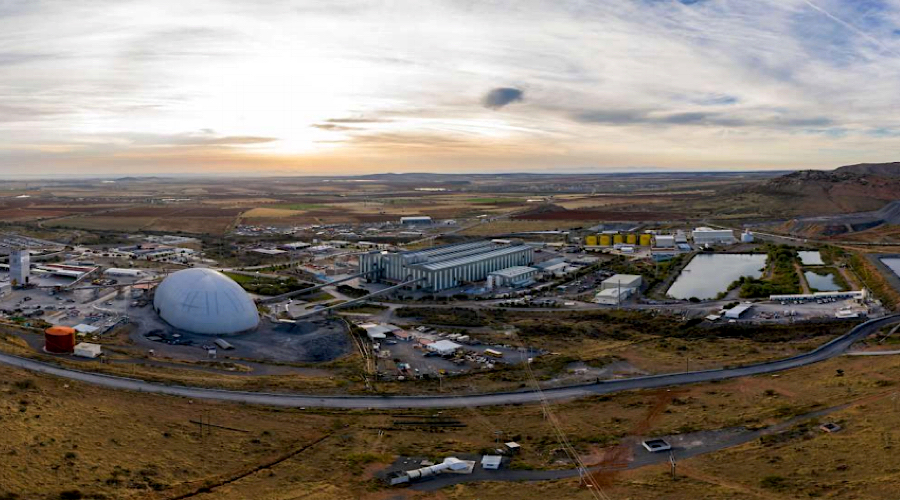Earnings before interest, taxes, depreciation and amortization reached $1.21 billion, versus $1.17 billion the previous year.
Total revenue rose to $2.70 billion from $2.43 billion.
Labour absences fuelled by the Omicron variant and the country’s labour reform restricting the ability to subcontract labour, weighed on production.
Silver output remained flat at 53.1 million ounces, a mere 0.1% increase from 2020 levels, while gold production fell by 2.4% to 751,200 ounces
Fresnillo, which operates seven mines in Mexico, said that silver reserves decreased 8.2% from 2020, while gold reserves decreased 7.1%, primarily driven by depletion of both metals.
The main obstacle, however, has been the lack of qualified workers, which is a consequence of Mexico’s labour reform Fresnillo said.
Since its IPO in 2008, Fresnillo has relied on contractors to make up a significant portion of its workforce, chief operating officer Tomás Iturriaga said in an earnings call.
“We have taken actions to mitigate the impact of the new labour reform through new recruitment campaigns, training and investment in new equipment,” the company said in its 2021 results presentation.
“Subsequent contractor uptake [post Sep.1, when the law came in] has varied, with underground mines more affected resulting in an increased number of vacancies and a higher workforce turnover,” it noted, adding that a one-off purchase of new equipment in 2022 is expected to substitute for the loss of contractor equipment caused by the labour reform.
Potential guidance review
Fresnillo, which kept its 2022 production guidance untouched at between 50.5 million and 56.5 million ounces of silver and 600,000-650,000 ounces of gold, warned of potential revisions down the road.
“Inflationary pressures, the impacts of various laws and the attitude of the government in Mexico to mining all have the potential to influence our progress,” chief executive Octavio Alvídrez said in a statement.
In addition to a weaker performance at the underground operations, the labour reform has also forced Fresnillo to buy equipment which would previously have been supplied by contractors.
This has pushed 2022 capex to $690 million, compared to $450 million previously forecast, but the company expects the additional costs from the equipment purchases will be offset by lower contractor costs in the mid-term.
The company had already flagged a rise in cost as its one of its key mines, Saucito, saw its cost of ore milled climb a quarter to $89.8 a tonne and suffered the impact of two floods last year.

Costs at Fresnillo’s biggest contributor to sales, the Herradura gold mine, climbed almost a fifth.
The company flagged ongoing uncertainty about when its new underground mine, Juanicipio, will begin production. The company completed mine construction at the end of 2021 but the government has yet to approve its connection to the national power grid.
Juanicipio, a joint venture with MAG Silver of which Fresnillo owns 56%, is expected to produce 11 million ounces of silver a year, or a fifth of Fresnillo’s output of the metal last year.
The company’s shares were last trading 6.9% down in London on Wednesday at 752.68 pence each. That gives Fresnillo a market capitalization of £5.55 billion.




